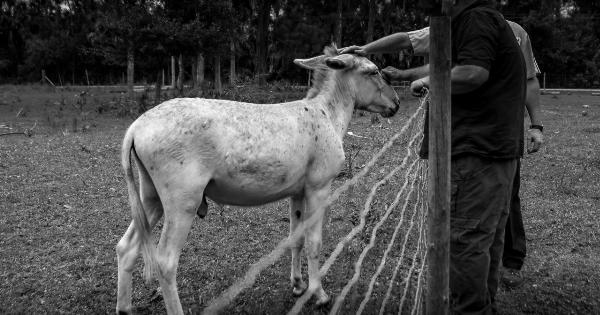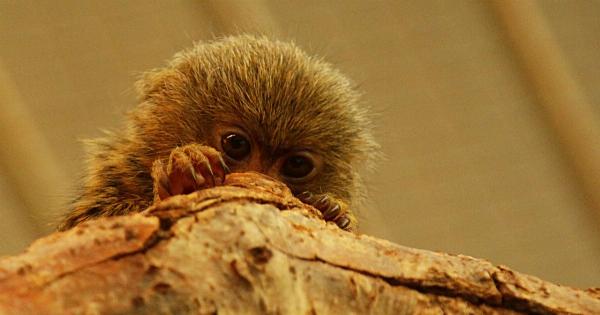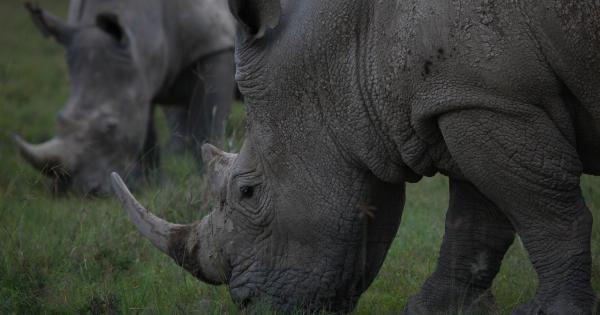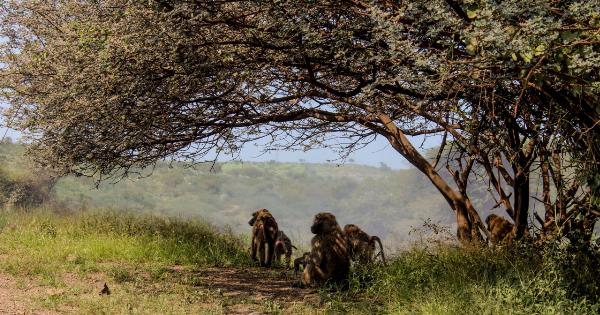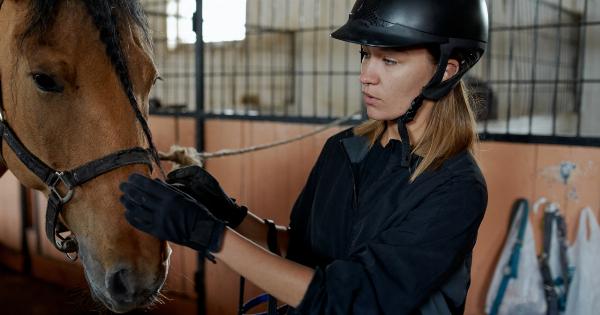The Tibetan Mastiff, also known as “Drog-Khyi” in Tibetan, is an ancient and majestic breed of dog that has captured the hearts of many dog lovers around the world.
With a rich history deeply rooted in the Himalayan region, these dogs were born to guard and protect.
The History and Origin
The Tibetan Mastiff is believed to be one of the oldest and most primitive breeds of dog in the world, dating back thousands of years.
Originating from Tibet, these dogs were primarily bred and kept by nomadic tribes and highland villagers to protect their livestock from predators like wolves, leopards, and bears. Their sheer size, strength, and territorial nature made them excellent guard dogs.
The Tibetan Mastiff’s history is intertwined with the Tibetan culture and way of life. They were regarded as sacred animals, and many ancient Tibetan texts and artworks depict them as symbols of power, loyalty, and spiritual significance.
In Tibetan folklore, it is believed that the souls of monks who were not able to reach enlightenment are reincarnated as Tibetan Mastiffs, making them highly revered and respected.
Appearance and Characteristics
The Tibetan Mastiff is a massive and majestic dog that exudes a sense of power and nobility. Males can weigh anywhere between 90-150 kg (200-330 lb) and stand at a height of 66-76 cm (26-30 inches), while females are slightly smaller.
They have a thick double coat that can be either long or medium in length, providing them protection from the harsh Himalayan climate.
One of the defining features of the Tibetan Mastiff is their expressive face, with deep-set almond-shaped eyes that can range from brown to blue. Their head is broad and powerful, with a strong jaw and well-developed muscles.
Their ears are medium-sized and pendant-shaped, hanging close to the head.
Despite their intimidating appearance, Tibetan Mastiffs are known for their calm and gentle nature with their family members. They are loyal and protective and make excellent companions.
However, their protective instincts can also result in a certain level of aggression towards strangers and other animals if not properly socialized and trained from an early age.
The Tibetan Mastiff’s Role as a Guardian
For centuries, Tibetan Mastiffs have been bred to guard and protect livestock, monasteries, and homes in the Himalayan region. They have an innate sense of territory and a strong instinct to protect their family and property from any potential threats.
Their heavy, deep bark serves as a warning to intruders and is often enough to deter them.
Due to their protective nature, Tibetan Mastiffs are not recommended for first-time dog owners or those who lack experience with strong-willed breeds.
They require consistent training, socialization, and firm but gentle handling to ensure their natural guarding instincts are balanced with obedience and proper behavior.
Modern Role and Popularity
With the world becoming more interconnected and the Tibetan Mastiff gaining recognition beyond the Tibetan plateau, their role has shifted from primarily guarding livestock to becoming beloved family pets and show dogs.
Their uniqueness and mystique, combined with their loyal and protective nature, have made them increasingly popular in many parts of the world, including Europe, the United States, and China.
In recent years, the Tibetan Mastiff has gained significant media attention due to their impressive size and the exorbitant prices they have commanded.
In China, they have become a symbol of status and wealth, with some individuals willing to pay millions of dollars for a purebred puppy. This demand has unfortunately led to unethical breeding practices and the emergence of puppy mills.
Challenges and Conservation Efforts
The increasing popularity of the Tibetan Mastiff has also brought certain challenges. Irresponsible breeding and the desire to create larger and more impressive dogs have led to health issues and temperament problems in some individuals.
This highlights the importance of responsible breeding practices, health screenings, and careful selection of breeding pairs to maintain the breed’s integrity.
Conservation efforts are underway to protect and preserve the purity of the Tibetan Mastiff.
Tibetan breed clubs and organizations across the world are working together to promote responsible ownership, educate the public about the breed’s needs and unique characteristics, and discourage unethical breeding practices.
Conclusion
The Tibetan Mastiff is not just a dog; it is a symbol of an ancient culture and a way of life. These majestic dogs were born to guard and protect, with a rich history deeply rooted in the Himalayan region.
From their sacred status in Tibetan folklore to their role as loyal and protective companions in modern times, the Tibetan Mastiff continues to captivate dog lovers worldwide.







